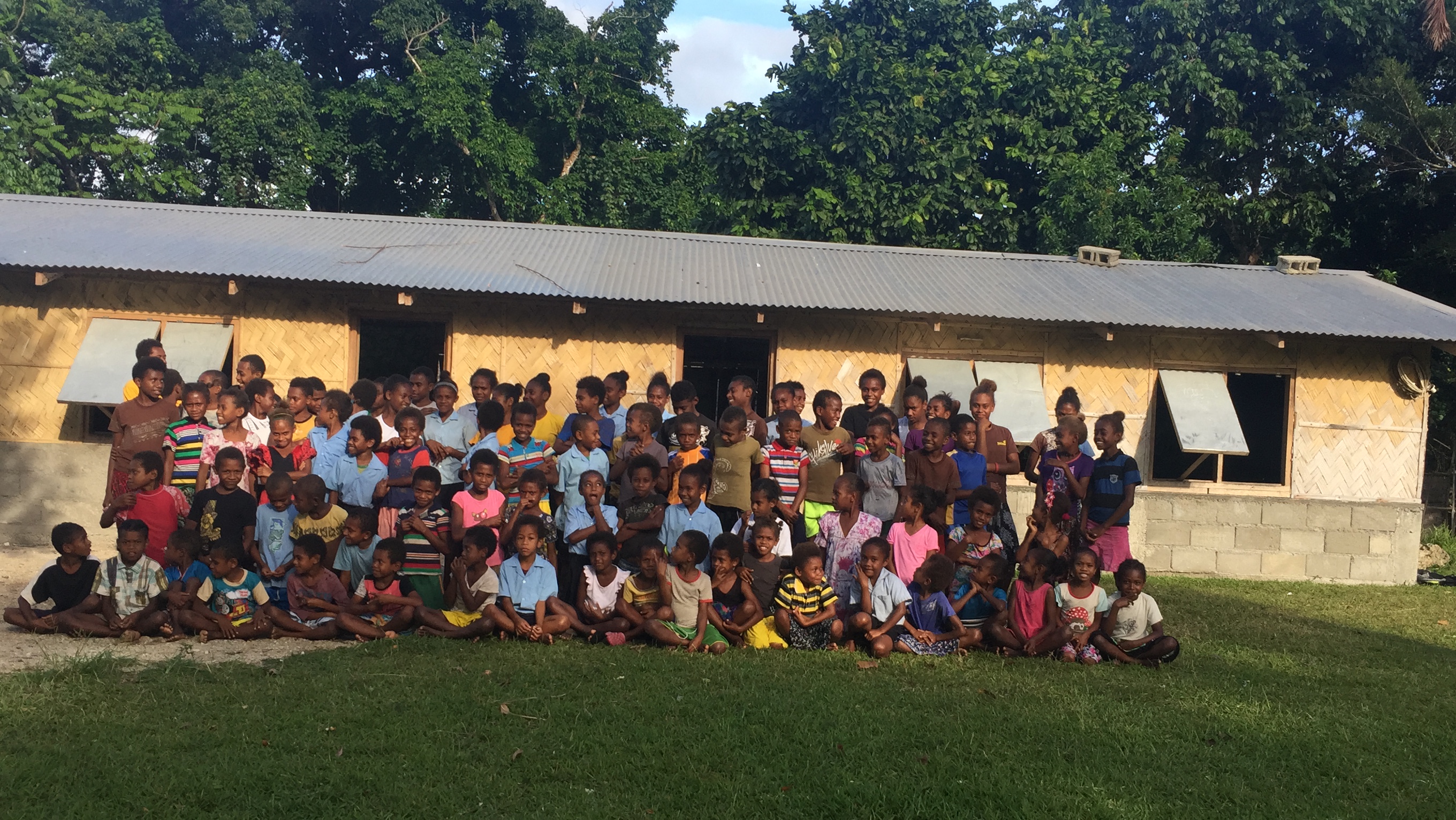In a rapidly changing society, how do you hold on to and pass down the traditions and practices of your ancestors? How do you pass along ways of doing everyday tasks when new technologies have provided easier methods? How do you honor the first high chief of your island when the people of the island have migrated away from the village he was buried in and the bush has taken back the land?
This is part one of a two part blog post explores how communities on an outer island in Vanuatu are doing just that. You can read part two here.
There are many ways one could decide to accomplish the tasks mentioned above, but the way some groups on my island have decided to do this welcomes tourists as well as islanders to participate and learn about the traditional ways of life. It allows people to take pride in their cultural heritage and share it with others while also growing the local economy.
Tourism is currently Vanuatu’s fast-growing economic sector. The vast majority of tourist visit one of four islands: Efate, Espiritu Santo, Tanna and Mystery Island. They usually stay in resorts or come via cruise ships and yachts. With over 80 islands throughout the country, Vanuatu has the potential to offer a lot more than the everyday tourist experiences. Many communities on the outer islands, with the help of the Vanuatu Tourism Office, are trying to change this.
Last month I was able to participate with activities on my island geared towards promoting what the islanders can offer to tourists. Currently, the tourists that do come to our island are unexpected yacht sailors who arrive sporadically throughout the year. Through connecting with the Vanuatu Tourism Office the hope is to increase the traffic of cruise ships and tourists coming to stay in guest houses in a way that enables the community to be prepared for the guests. Last month the Tourism office brought a group of videographers and writers to the island in order to make several promotional videos and photographs in an effort to highlight many of the outer islands.
Having guests taking promotional videos and photographs of the community was a great opportunity for people to get together and show-off aspects of the local traditional culture. Individuals in the community loved the opportunity to dress up, show off, and see others do the same. Throughout the activities many villagers took photos and videos on their personal phones.
For weeks leading up to the promotional shoot my community worked hard to get everything ready. They made a clear path up to Qwilorua Waterfall, and built a small stand by the waterfall for refreshments. Individuals prepared their traditional clothing items, and prepared the ceremonial outfits that would be used for the Raowe dance they would have for the guests.
The morning when the guests were to arrive felt a lot like the opening day of a theatrical show, with everyone making last minute adjustments and making sure everything was ready. I was to help the two tour guides with explaining anything they had a hard time finding the English words for. The three of us met the guests at the opening of the path up to Qwilorua as they came down via truck from the airport.
Once we made it through the path that goes through the water taro gardens and up to the waterfall we came across a group of women playing water music and tossing children from on their shoulders into the small pool you pass to reach the larger pool at the bottom of Qwilorua. On the stone at the edge of the large pool, where the refreshment stand is, a group of men were dressed in kastom and dancing.
After the dances, a group of young men and boys jumped off the top of the edge of the waterfall into the pool. We then led the group up to the top of the waterfall. Along the way a group of women in my village danced on the side for the group.
After site seeing on top of the waterfall people took turns jumping off the waterfall and swimming down below. Qwilorua is one of the most beautiful places I have ever been to. It can be easy to take it for granted after living here for an extended period of time, but seeing other people’s reactions the first time they see the beauty of the waterfall is a great reminder of how lucky I am to currently call this place home.
Following the fun up at the waterfall the group was led into the center of the village for some traditionally prepared kava, a lunch of local food and some more entertainment. It felt like the whole village came out to see their community members perform traditional dances and games.
After lunch we all said goodbye to the guests as they went off to explore other villages. I would meet up with the group the next day when they came back up north to visit the kastom village of Hanare.
PROJECT NOTICE!!! Currently, my community and I are trying to raise funds in order to obtain a solar power system, laptops and a printer for our school. If we are able to obtain these resources the school will be able to function more sustainably and increase ICT literacy among teachers and students. We hope to raise the money by the end of the year. If you are interested in supporting our efforts go here to learn more about the project and how you can help.

One thought on “Promoting Tourism on Maewo Pt. 1: Sharing Qwilorua Waterfall and Culture in Naone”